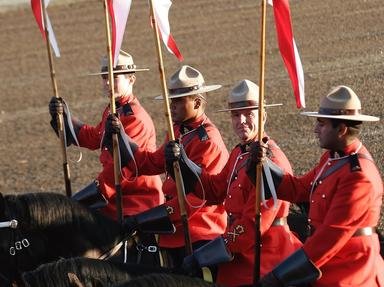
A Timeline for British Columbia Quiz
While the history of British Columbia is much more involved than presented here, I have included a few significant occurrences that contributed to its establishment as a province within Canada. See if you can place them in the correct chronological order
An ordering quiz
by reedy.
Estimated time: 3 mins.